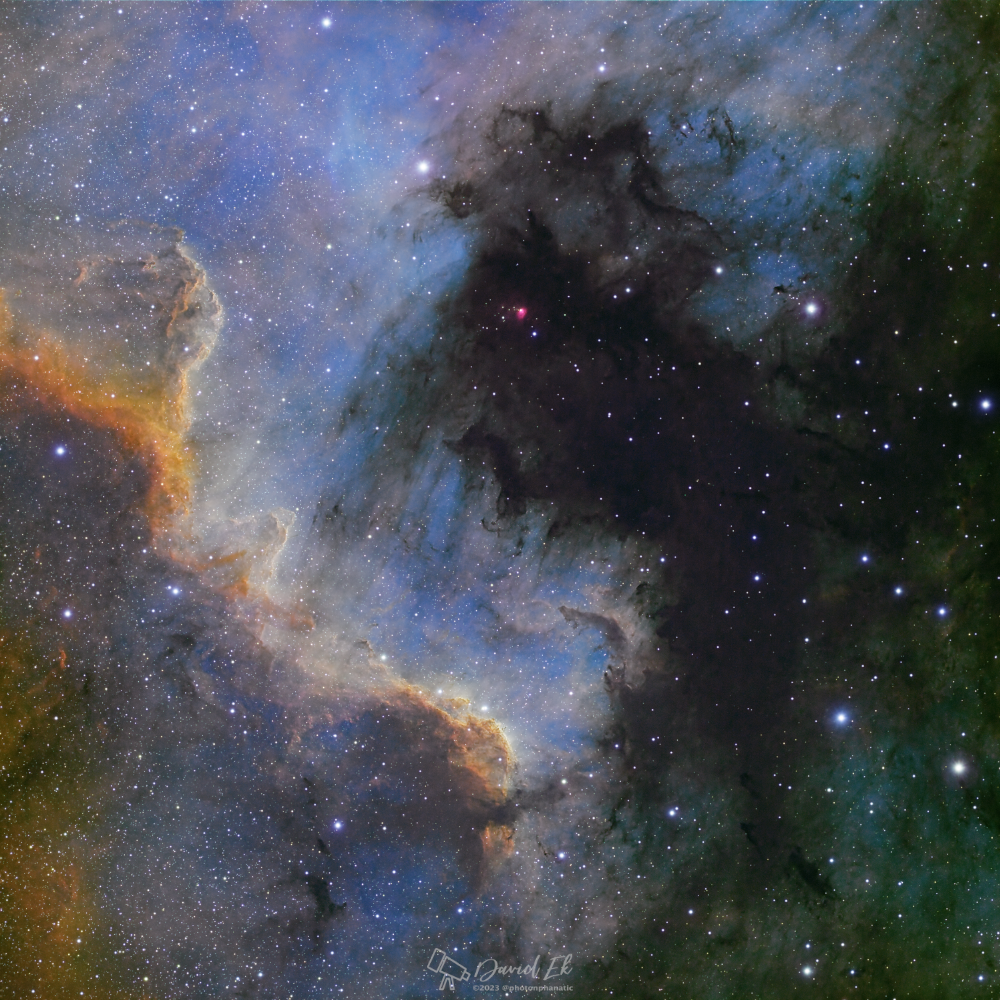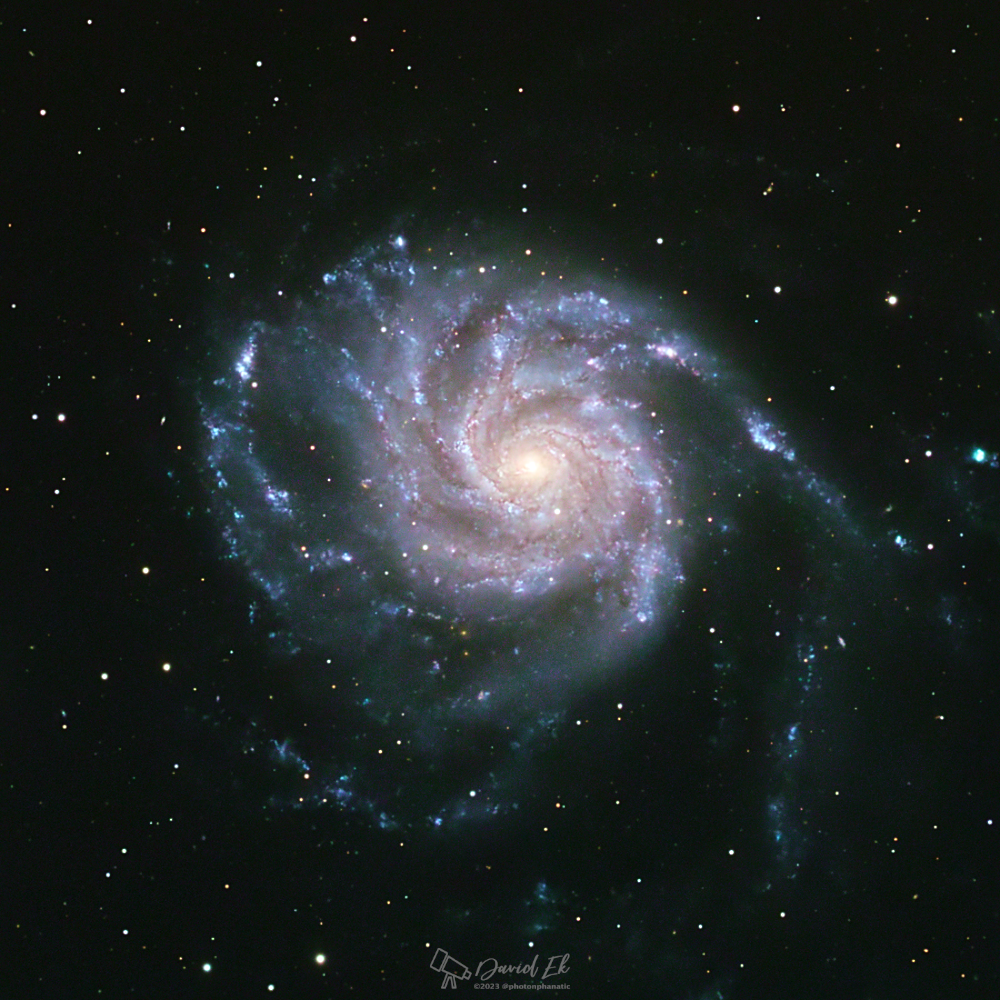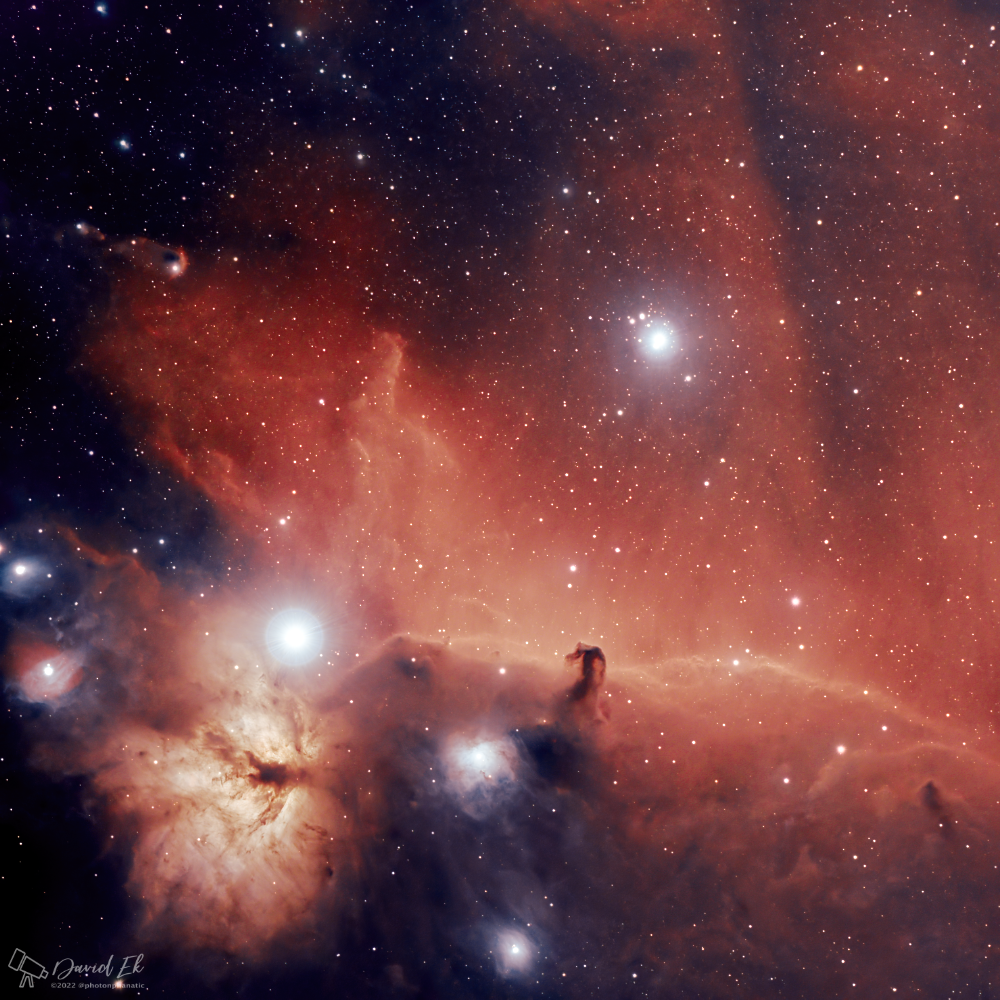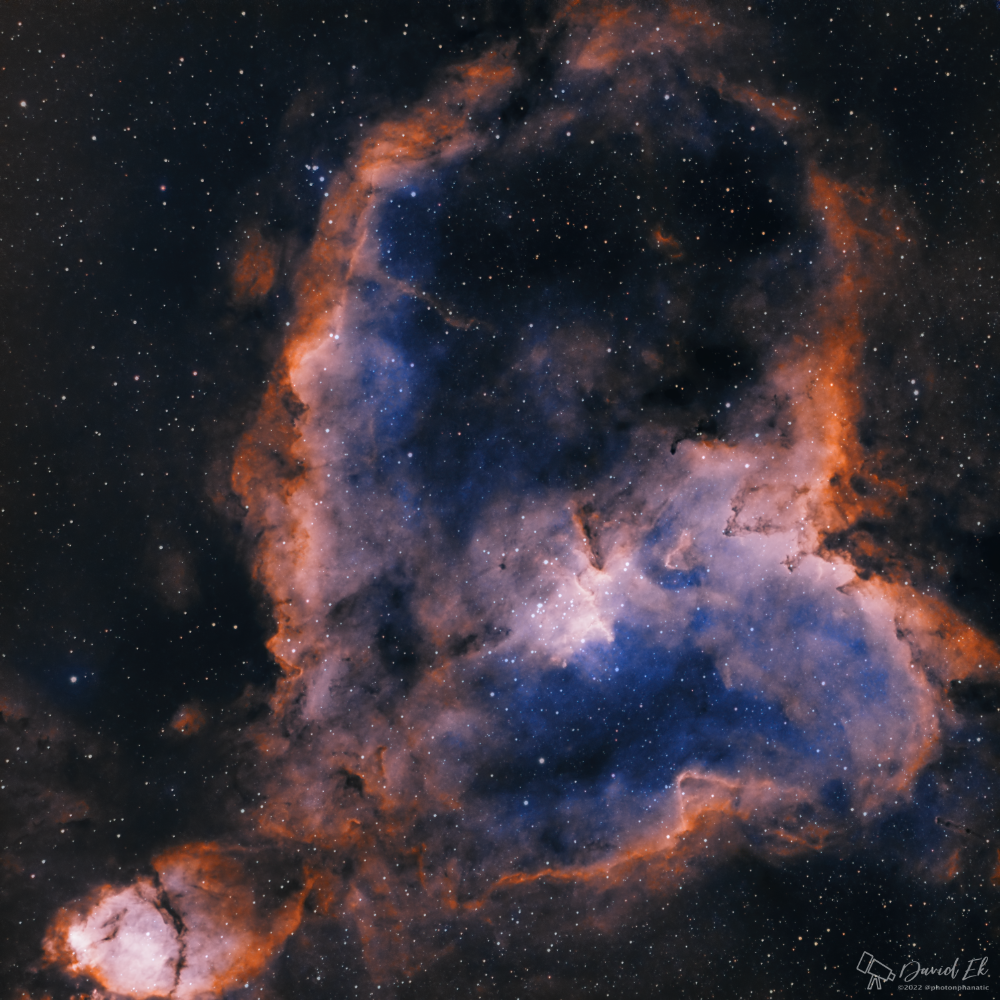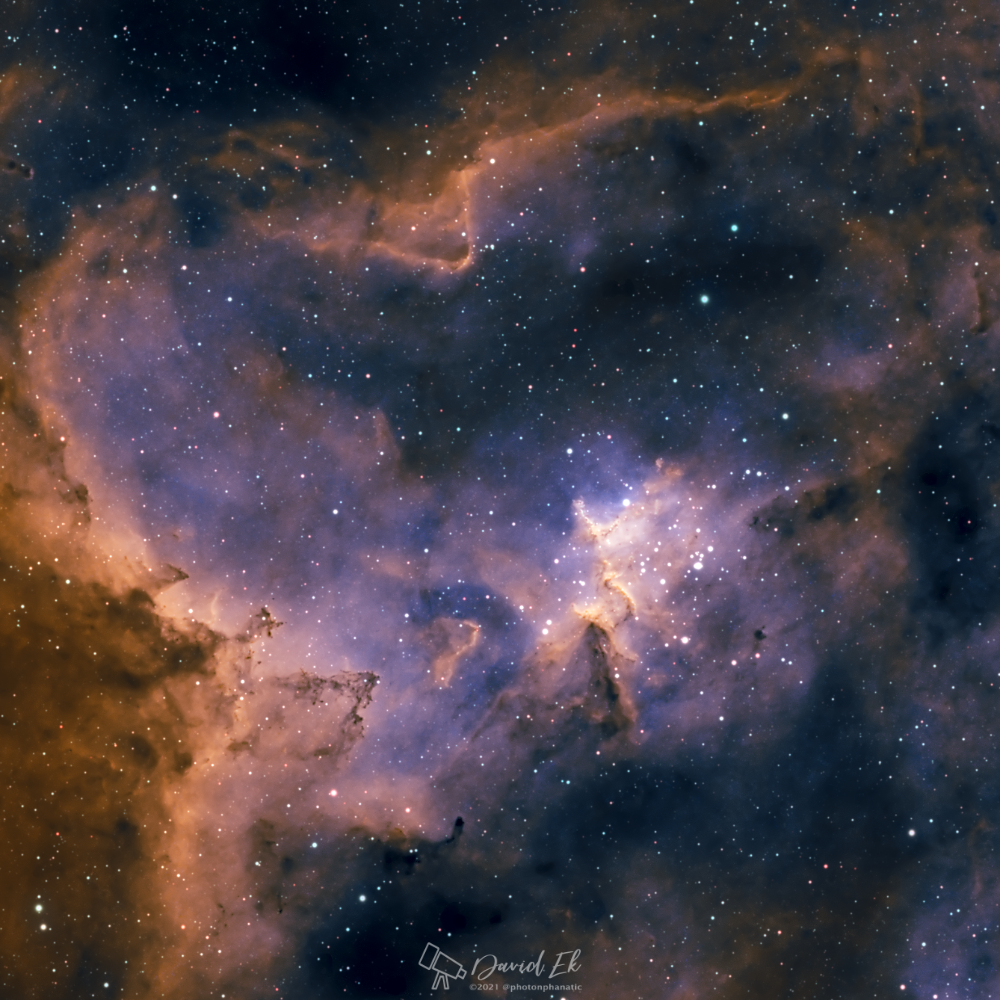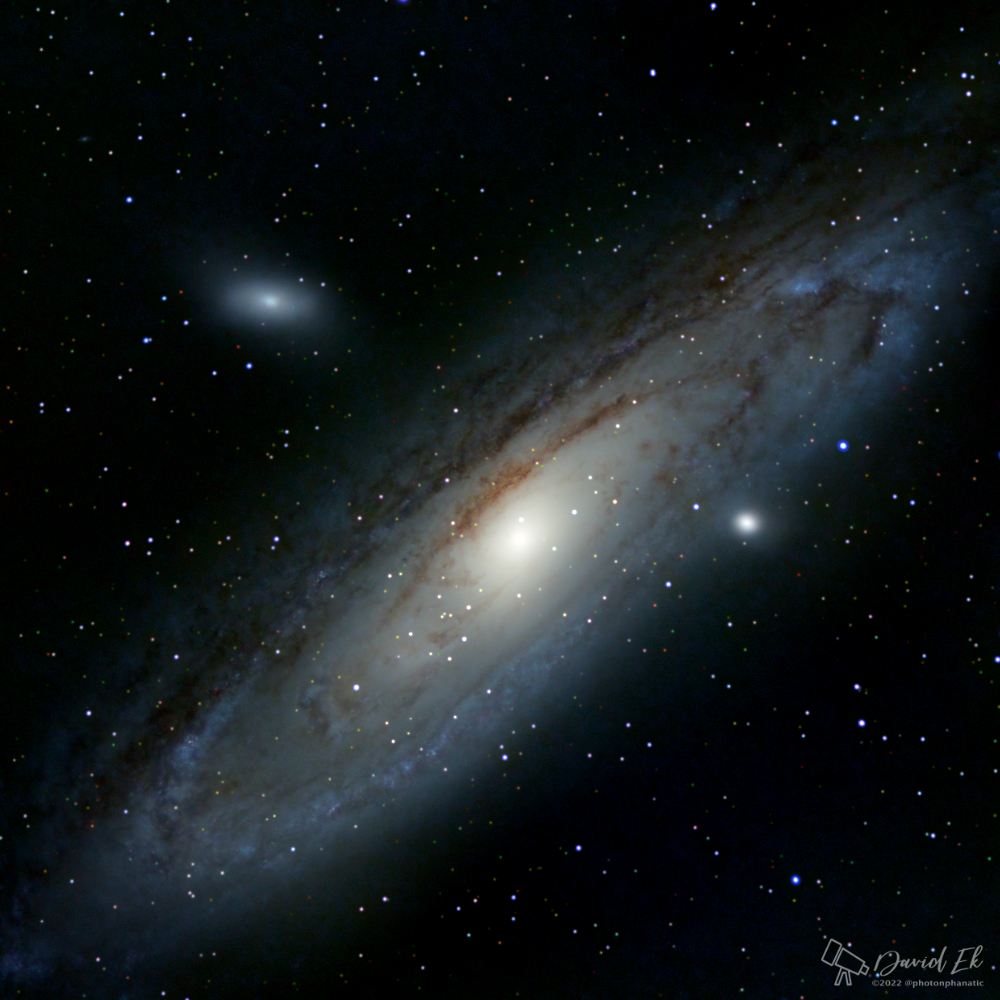
In retirement, my wife and I plan to do some traveling in our Jayco Class C RV, especially during the winter months when we can temporarily relocate to someplace a bit warmer than the Colorado mountains. However, the winter months are the best time of the year for astrophotography, and I wasn’t thrilled about missing the opportunity for some prime imaging. I decided that it would be a good idea to put together a more portable setup for astrophotography–something that could ride along with us without taking up too much space or weight. When Sky-Watcher announced their new full-goto star tracker, the Star Adventurer GTi, I resolved to give it a go.
Continue reading
